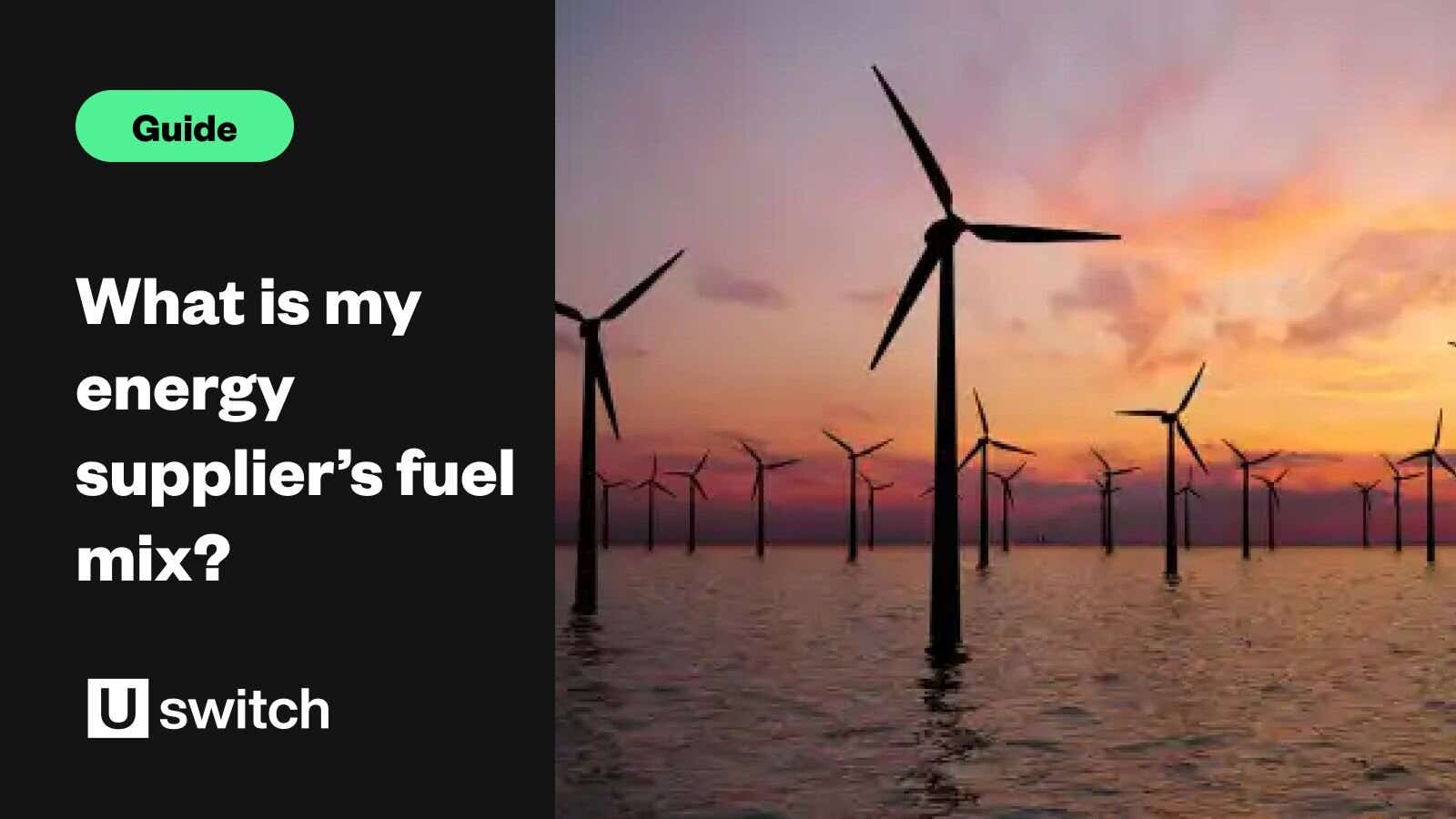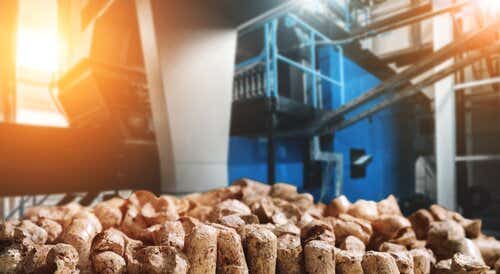All energy suppliers must publish information about their energy fuel mix annually. This fuel mix is the ratio of different fuels or energy sources the supplier uses to generate your electricity. The ratio is compiled of coal, gas, nuclear, renewables (green) and 'other'. You can compare suppliers' fuel mixes against each other, or compare it to the national average.
| 2016-17 | 2020-21 | 2021-22 | 2022-23 | 2023-24 | |
|---|---|---|---|---|---|
| Coal | 9% | 2.7% | 3.8% | 3.4% | 6.3% |
| Natural gas | 44% | 38.2% | 38.5% | 39.3% | 35% |
| Nuclear | 21% | 16.1% | 16.1% | 13.9% | 12.7% |
| Renewables | 24% | 40.3% | 38.7% | 40.8% | 43.2% |
| Other | 2% | 2.7% | 2.9% | 2.6% | 2.8% |
Most recent fuel mix published at: https://assets.publishing.service.gov.uk/media/66aa2f7eab418ab0555930ec/fuel-mix-disclosure-data-table-2024.pdf
We can see that coal and natural gas use has significantly reduced in the last few years in favour of renewables, though coal use has doubled in the last year.
All UK energy suppliers update their fuel mix figures annually. Ofgem, the energy regulator, requires all electricity suppliers in the UK to tell customers where they get their fuel and how that is broken down by percentage
What is British Gas's fuel mix?
The British Gas fuel mix is predominantly made up of renewables and nuclear, with lower coal use than the national average.
What is EDF Energy's fuel mix?
EDF Energy's fuel mix is heavily sourced from nuclear power. In fact, EDF's Blue Tariff gets 100% of its energy from nuclear. Renewables and gas make up the bulk of the remainder of the fuel mix.
What is E.ON Next's energy fuel mix?
E.ON Next's energy fuel mix is completely comprised of renewables (i.e. a combination of solar, wind and hydro power).
What is Octopus Energy's fuel mix?
Similarly, 100% of Octopus Energy's fuel mix comes from renewable sources.
What is OVO Energy's fuel mix?
OVO Energy's fuel mix is split between natural gas, which makes up 55.2% of the total, and renewables, which takes up the remaining 44.8%. OVO Energy is unique among the major energy suppliers in the UK in that it does not use any coal or nuclear in its fuel mix.
What is the ScottishPower fuel mix?
ScottishPower's fuel mix is completely comprised of renewables.
What are the differences between the fuel types?
The UK's average energy supply comes from a fuel mix of coal, natural gas, renewables and nuclear. Here is a breakdown of the pros and cons of each type of fuel used in the UK's energy supply:
Coal energy
Coal is still a major contributor to global warming and there are concerns over the use of fracking to extract natural gas. It is also non-renewable, and extraction won't get easier as there'll be fewer locations to drill in
Nuclear power energy
Nuclear energy is relatively environmentally friendly, cheap and reliable and there might be the technology available to make it renewable.However, despite nuclear energy not emitting any greenhouse gases, it is still dangerous to the environment during its transportation and disposal of waste. It is also very costly to set up due to all of the safety measures and permissions required
Renewable energy
Generally, all renewable sources are clean and sustainable, meaning they can continuously be used at little cost. Wind turbines and solar panels are relatively cheap to build and inexpensive to maintain - wind turbines, for example, require lots of land to create significant amounts of energy.
There are multiple sources where UK suppliers get their renewable energy from:
Wind energy
Solar energy
Biomass energy
Hydro energy
Landfill waste energy.
If you want your fuel mix to come from other sources of power, then you can use this guide to determine what your current provider uses, and then compare energy deals in your area to see if you can find a cheaper plan on a different fuel mix.
What will the UK fuel mix be in future?
Although there has been some big shifts in where the UK's energy suppliers get their fuel mix from, these changes may not be as noticeable or significant. However, the trends seem to point to a reduction in coal use and a continued growth in the proportion of energy coming from renewable sources.
In fact, many of the major energy suppliers have all stated their intentions to invest heavily in renewable energy sources, such as offshore and onshore wind farms, solar and biomass. This is because renewable energy is self-financing and coal is finite and will eventually run out. In the long run, renewable energy will likely make the most financial sense for energy suppliers.
Nonetheless, due to the technological advancements made in being able to locate and extract natural gas at an affordable rate, we will likely see it continue as the UK's main source of fuel for quite some time.




